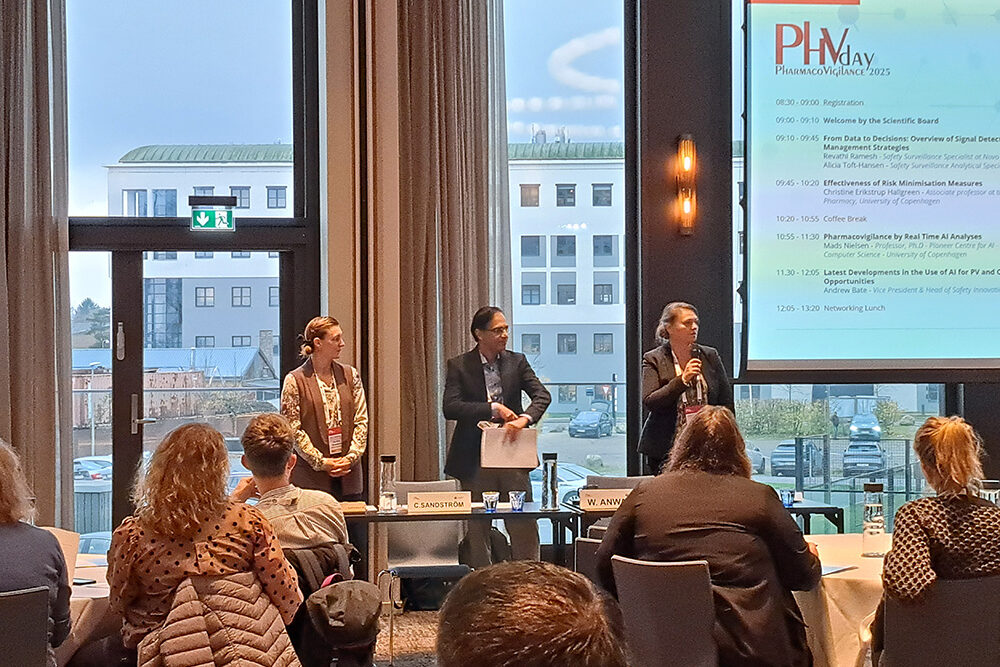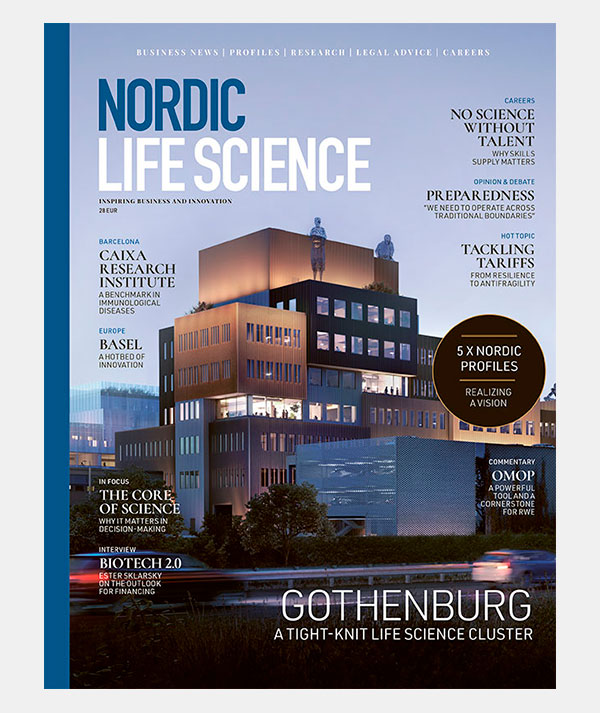New Trump campaign on tariffs shows that the EU’s internal market must be strengthened, states SwedenBIO

President Trump recently announced that trademarked or patented pharmaceutical products will be subject to a 100 percent tariff starting October 1, 2025 – unless the manufacturer establishes a production facility in the United States.
The latest move reinforces the uncertainty that the life sciences industry is already experiencing and raises a number of questions about the future conditions for global trade and innovation, states SwedenBIO.
“The EU and Sweden must quickly and forcefully contribute to creating a stronger internal market. We can no longer rely on the US as our primary market. Instead, the EU itself must become willing to pay for innovation and thereby create the conditions for a competitive life science sector here at home,” says Jessica Martinsson, CEO of SwedenBIO.

The European life science industry: The time to step up is now
Europe ranks highly when it comes to life science know-how and knowledge, but the region is falling behind when it comes to R&D and turning science into real-world solutions. Complex regulations, a fragmented market, scattered funding, and the potential US market tariffs are just some of the challenges ahead.
In late July 2025, Trump also announced an agreement with the EU on a 15 percent tariff on pharmaceutical imports – with the exception of generics. How this agreement relates to the latest announcement remains unclear, says SwedenBIO. At the same time, the industry is awaiting the results of the Trump administration’s investigation into the “national security implications” of pharmaceutical imports, which is expected to pave the way for additional tariffs.
For small and medium-sized companies – which constitute a large part of the innovative power – the consequences may be significant.
“For larger pharmaceutical companies, which are already investing in production capacity in the US, the effects may be limited. But for small and medium-sized companies – which constitute a large part of the innovative power – the consequences may be significant. Many biotech companies risk having their business models destroyed as they are effectively pressured to sell or license out their key assets to larger players, which makes the step from biotech to pharma more difficult. This is a development that threatens the entire sensitive ecosystem of life science innovation that has emerged,” says Martinsson.
Published: September 30, 2025












